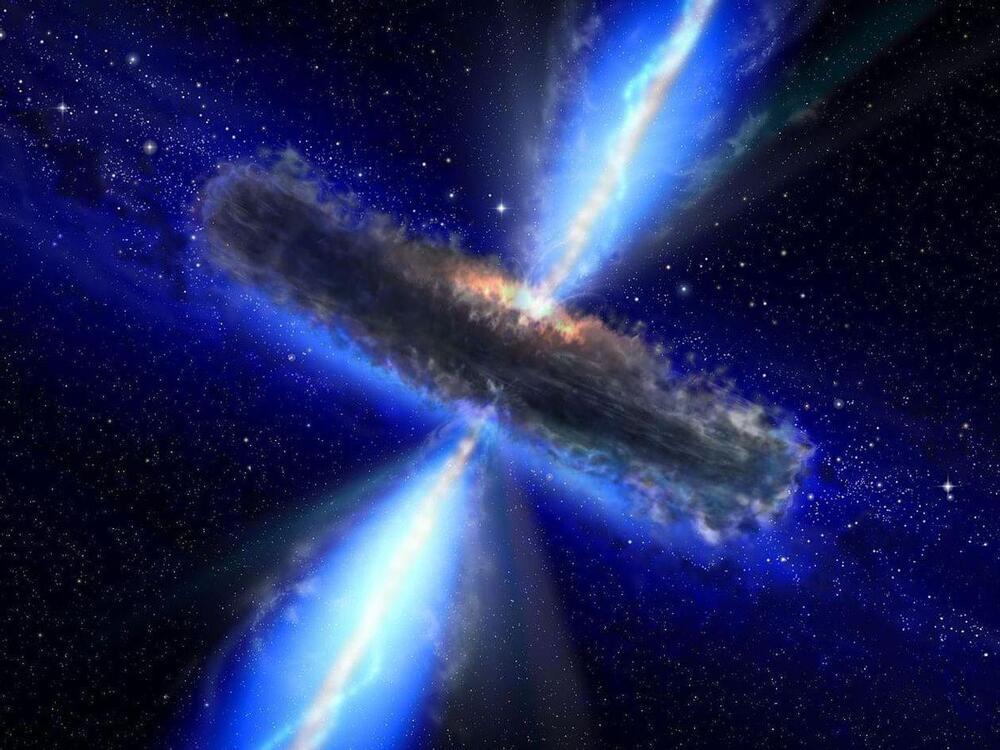The universe’s brightest object is a quasar in a distant galaxy that’s powered by the fastest-growing black hole ever recorded, according to a new study.
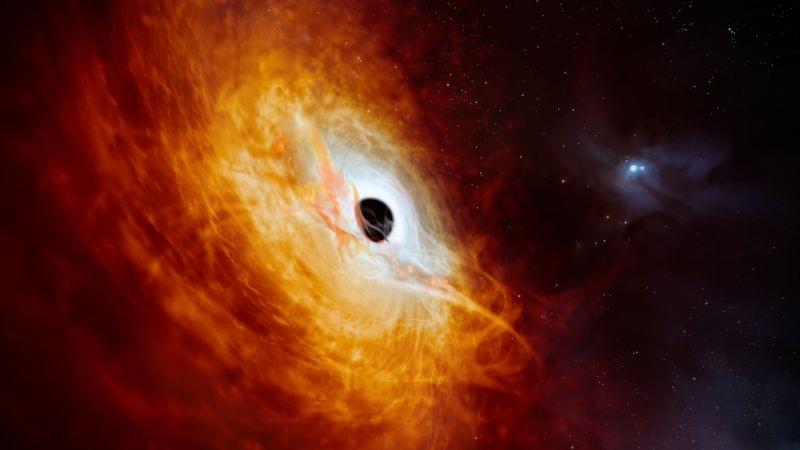

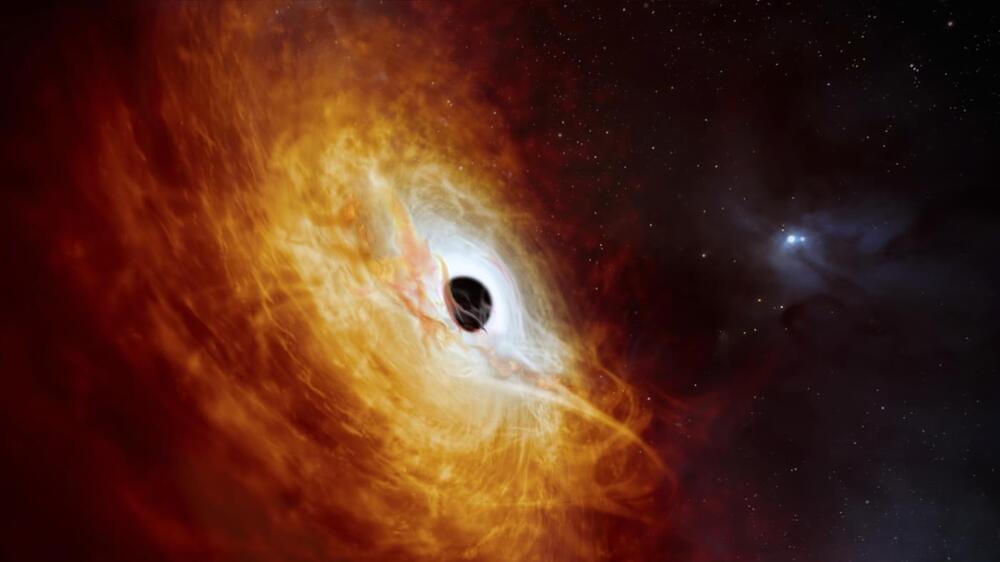
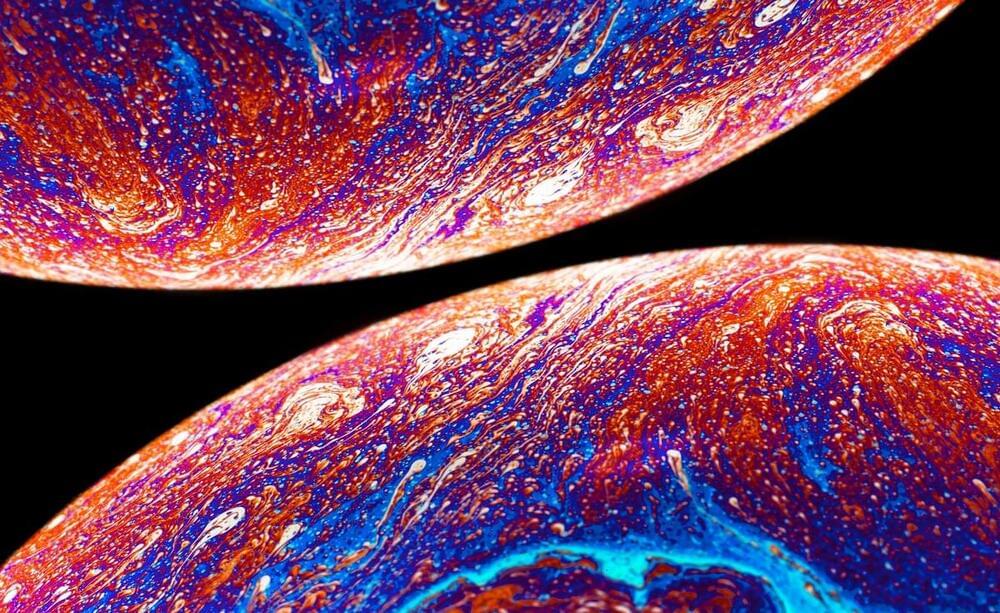
Packed with mass equal to millions or billions of suns, supermassive black holes lurk at the center of nearly every galaxy.
The astrophysicist Erin Kara measures time lags in black holes’ X-ray glows, which reveal the complexity of the objects’ closest surroundings.
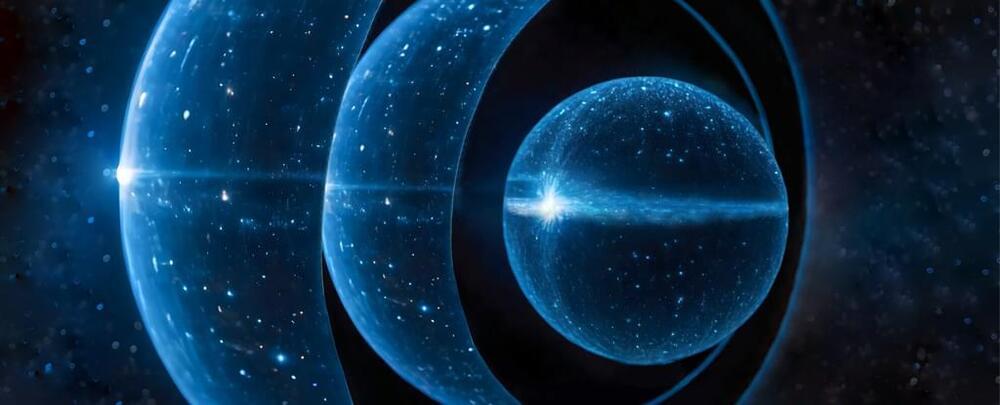
Once hypothetical monsters born in a tangled nest of Einstein’s general theory of relativity, black holes are now recognized as bona fide celestial objects as real as stars, moons, and galaxies.
But make no mistake. Their engines are still as mysterious as they were when the German theoretical physicist Karl Schwarzschild first played with Einstein’s field equations and came to the conclusion that space and time could pucker up into pits of no return.
Goethe University Frankfurt physicists Daniel Jampolski and Luciano Rezzolla have gone back to step one in an attempt to make better sense of the equations that describe black holes and have come away with a solution that’s easier to picture, if no less bizarre.
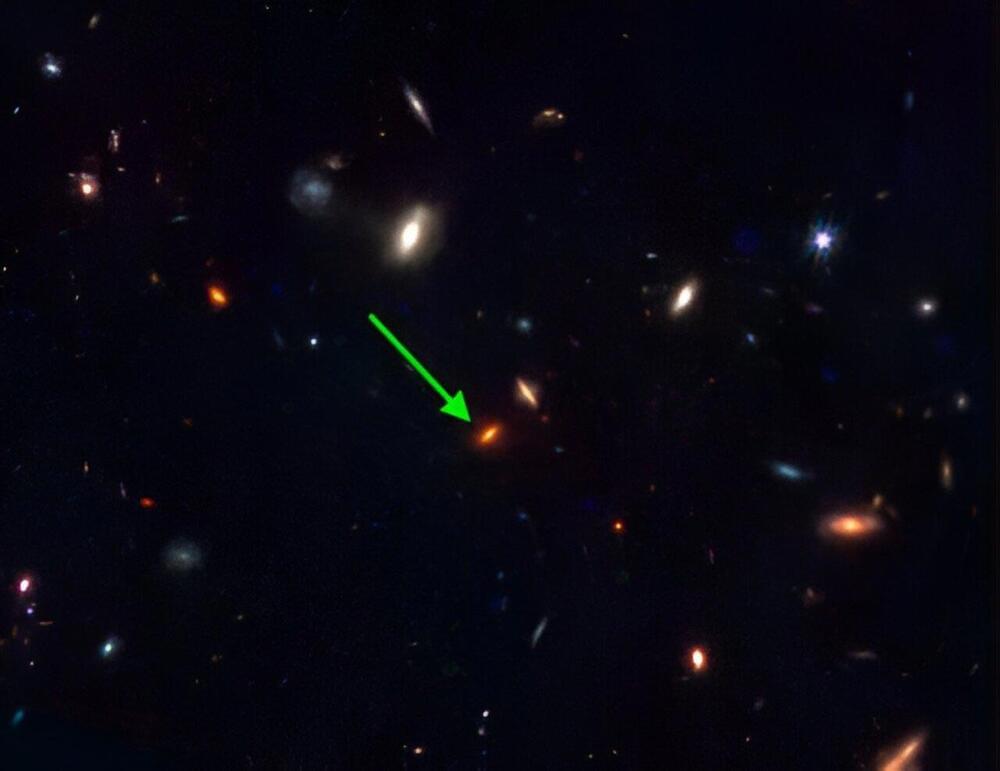
Our understanding of how galaxies form and the nature of dark matter could be completely upended, after new observations of a stellar population bigger than the Milky Way from more than 11 billion years ago that should not exist.
A paper published in Nature details findings using new data from the James Webb Space Telescope (JWST). The results find that a massive galaxy in the early universe – observed 11.5 billion years ago (a cosmic redshift of 3.2) – has an extremely old population of stars formed much earlier – 1.5 billion years earlier in time (a redshift of around 11). The observation upends current modeling, as not enough dark matter has built up in sufficient concentrations to seed their formation.
Swinburne University of Technology’s Distinguished Professor Karl Glazebrook led the study and the international team that used the JWST for spectroscopic observations of this massive quiescent galaxy.
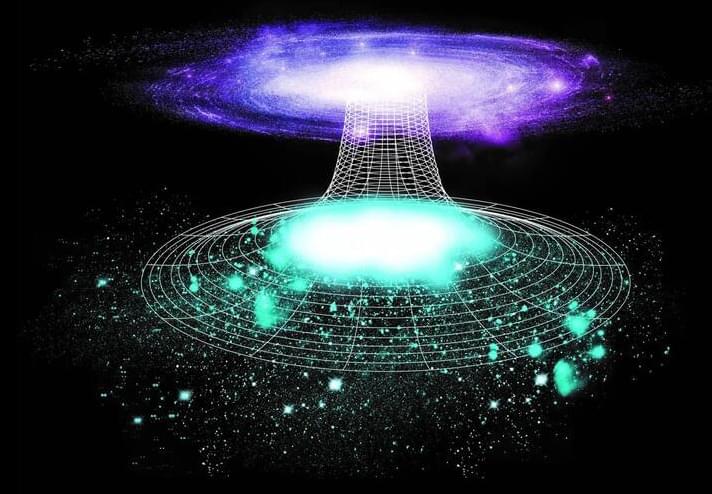
The universe, with its myriad mysteries, has long captivated our curiosity, and among its enigmatic phenomena, black holes have held a prominent place. These collapsed cores of dead stars, known for devouring everything in their vicinity, have a cosmic counterpart that challenges our understanding – the elusive ‘white holes.’
Imagine delving into the intricacies of space-time around a black hole, subtracting the collapsed star’s mass, and unveiling the mathematical description of a white hole – a massless singularity. Unlike their gravitational counterparts, black holes, where matter disappears into an event horizon, white holes defy entry. They expel matter at an astonishing rate, akin to hitting a cosmic ‘rewind’ button.

A newly discovered quasar is a real record-breaker. Not only is it the brightest quasar ever seen, but it’s also the brightest astronomical object in general ever seen. It’s also powered by the hungriest and fastest-growing black hole ever seen — one that consumes the equivalent of over one sun’s mass a day.
The quasar, as bright as 500 trillion suns, has evaded astronomers for over 40 years because of its incredible luminosity.
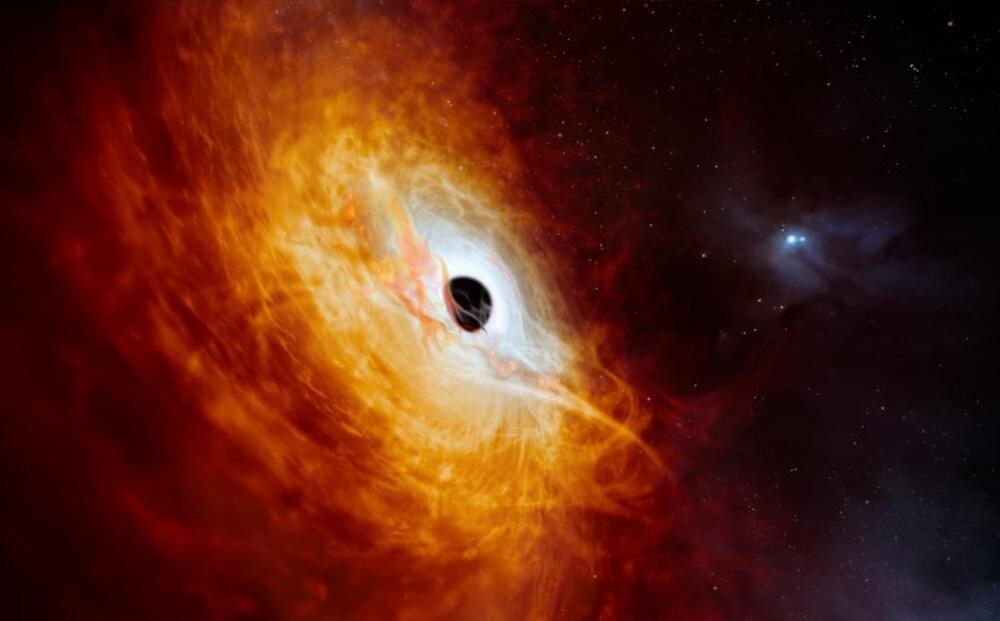
CAPE CANAVERAL, Fla. (AP) — Astronomers have discovered what may be the brightest object in the universe, a quasar with a black hole at its heart growing so fast that it swallows the equivalent of a sun a day.
The record-breaking quasar shines 500 trillion times brighter than our sun. The black hole powering this distant quasar is more than 17 billion times more immense than our sun, an Australian-led team reported Monday in the journal Nature Astronomy.
While the quasar resembles a mere dot in images, scientists envision a ferocious place.
